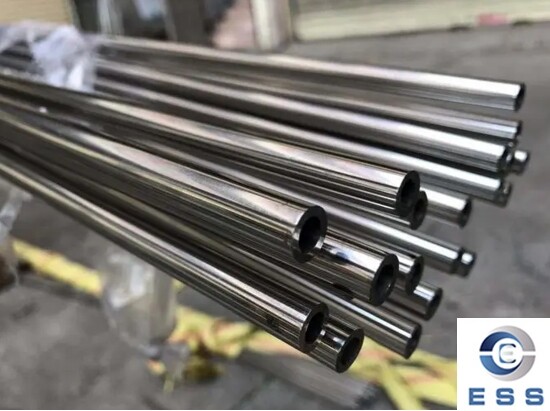
Precision
tube, as an important material widely used in multiple industrial fields,
have a quality and precision that is directly related to the performance and
life of the product. However, during production and use, precision steel tubes
may encounter some defects. Common precision tube defects include dimensional
deviation, surface defects, internal defects and shape defects.
Dimensional Deviation
Dimensional deviation is one of the most
common defects, mainly caused by insufficient equipment precision, improper
operation or raw material problems during the production process. Dimensional
deviation may be manifested as inconsistency in outer diameter, inner diameter
or wall thickness, which seriously affects the assembly and use performance of
the steel tube.
Surface Defects
Surface defects include cracks, scratches,
dents, etc. These defects not only affect the aesthetics of the steel tube, but
also may reduce its mechanical properties and corrosion resistance. The
generation of surface defects is often closely related to the quality of raw
materials, production process and equipment status.
Internal defects such as inclusions, pores,
looseness, etc., pose a serious threat to the quality and use performance of
precision steel tubes. These defects may reduce the strength and toughness of
the steel tube, and even cause fracture during use. The generation of internal
defects is mainly related to the raw material processing and smelting process.
Shape Defects
Shape defects include bending, twisting,
ellipse, etc., which will affect the assembly and use of precision steel pipes.
The generation of shape defects is often related to the production process,
equipment accuracy and raw material quality.
How to Avoid And Detect Defects
In order to avoid and detect the defects of
precision steel pipes, it is necessary to start from multiple aspects. First of
all, the selection of high-quality raw materials and advanced production
equipment is the basis for improving the quality of precision steel pipes.
Secondly, strictly control the production process and operation process to
ensure that each link meets the quality requirements. In addition, it is also
necessary to use advanced detection technology and equipment to conduct
comprehensive inspection of precision steel pipes. Ultrasonic testing, magnetic
particle testing and other means can effectively detect defects and cracks
inside the steel pipe to ensure its reliable quality.
Summary
The common defects of high-precision
precision steel pipes include dimensional deviation, surface defects, internal
defects and shape defects. These defects have a serious impact on the
performance and service life of the steel pipe. Therefore, when selecting and
using precision steel pipes, it is necessary to fully understand the possible
defects and take effective measures to avoid and detect them. By selecting
high-quality raw materials, advanced production equipment and strict testing
methods, we can ensure the quality of precision steel pipes to be reliable and
meet the needs of various industrial fields.













 Eastern Steel Manufacturing Co.,Ltd not only improve product production and sales services, but also provide additional value-added services. As long as you need, we can complete your specific needs together.
Eastern Steel Manufacturing Co.,Ltd not only improve product production and sales services, but also provide additional value-added services. As long as you need, we can complete your specific needs together.










